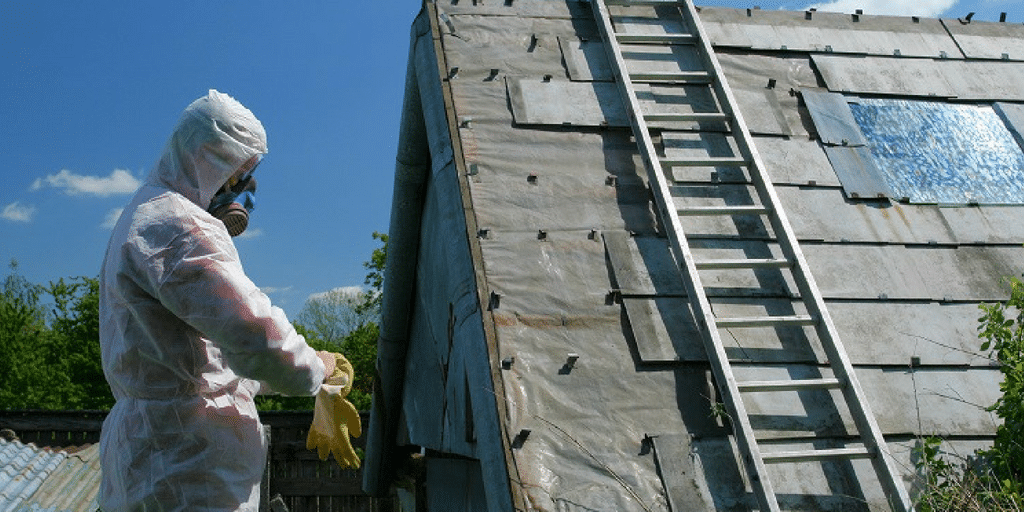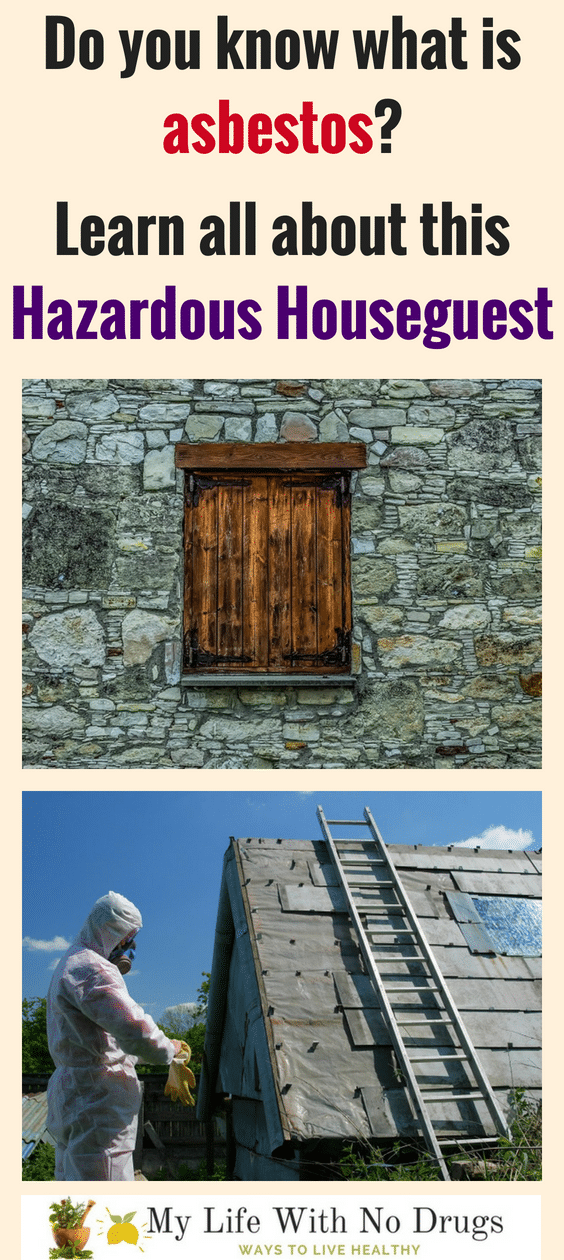By Will Sandford
Contributing Author blogger and contributor on health, interior design and ecology blogs.
Before the mid-1950s, asbestos fiber was one of the main ingredients in cement manufacture, and it was used even during the late 1980s. Because it was cheap and durable, asbestos was used extensively in the construction industry. Decades later, products containing asbestos were banned in many countries across the globe and replaced with cellulose fibers. However, if your home was built while there were no concerns about the hazardous impact of asbestos on health, you may still run a risk of being affected by it. But the risk is not always there, and in some cases, it can be avoided. To make your house safe, here are some things you need to know.
What is asbestos?
Asbestos doesn’t refer to one, but to six naturally-occurring fibrous minerals that can resist heat, fire, and electricity. Because those fibers can easily become airborne, they can be inhaled and end up clinging to the lungs and respiratory system in general.
Asbestos-related diseases

While it is often addressed as a “fiber that kills,” it is vital to know that most people have had some degree of asbestos exposure without severe consequences. Sure, having asbestos in the lungs, regardless of the amount, is quite a burden, but it seems that it is tolerated by the majority of individuals.
Breathing in this fiber has been associated with three diseases, all of which take time to develop (between ten and fifty years after the exposure):
- Asbestosis is a chronic lung disease which leads to respiratory impairment, and sometimes, even cancer.
- Mesothelioma is a cancer of the outer lung lining (lining of the pleura) or the lining of the abdominal cavity (peritoneum). This is a rare disease which is not always caused by asbestos.
- Lung cancer is relatively common, and it is a disease most frequently linked to asbestos.
When is asbestos dangerous?
While it is certainly a reason for concern, asbestos is dangerous only when it is inhaled. Even then, many of the fibers are removed by the organism’s natural processes. Some fibers can stay in the lung, and the risk grows with the higher number of asbestos particles inhaled. This is why construction workers are at the highest risk for asbestos poisoning.
Still, as soon as asbestos was identified as a hazard, professionals around the world started taking extra precautionary measures when it comes to protective gear and remodeling techniques. But some homeowners who take on renovation projects on their own are not as experienced.
How to tell if there is asbestos in your property?
The presence of this mineral is difficult to determine by looking at the property. You should always suspect there is asbestos in your home if it was built before the late 1980s. The only way to know for sure is asbestos testing, often done by companies which also provide professional asbestos removal service.
Potential locations of asbestos
Some of the areas of residential properties where asbestos products were frequently used are chimney flues, roof sheeting, lining under eaves, lagging on hot water pipes, vinyl floor tiles, cement sheeting (internal and external walls and ceiling), insulation, and weatherboard cladding.
How to manage asbestos?

Asbestos is quite harmless when untouched, but if you are planning remodeling projects, especially structural ones, you should consult professionals for the mentioned testing. If the test turns out positive, you should entrust the job of removal to trained and equipped professionals. Also, each country, state, and territory has different rules and policies regarding asbestos removal, so you should research the regulations and guidance to be sure you are not breaking any laws. If you still decide to take on some of the remodeling projects yourself, you should acquire professional protective equipment which includes respiratory protection, overalls resistant to asbestos dust, gloves, and appropriate footwear.
The presence of asbestos in your home is not something that should be taken lightly. Your best defense against this hazardous fiber includes being informed about the risks related to it, knowing the concentration of asbestos in your house, taking precautionary measures when dealing with it, and seeking professional assistance.
Will Sandford is a Sydney based wood architect, blogger, and contributor on health, interior design and ecology blogs. Besides that, he is also interested in home improvement combined with green technology. In his spare time, Will enjoys surfing and rock climbing. He is also a regular contributor to SmoothDecorator. Connect with him on Twitter.



